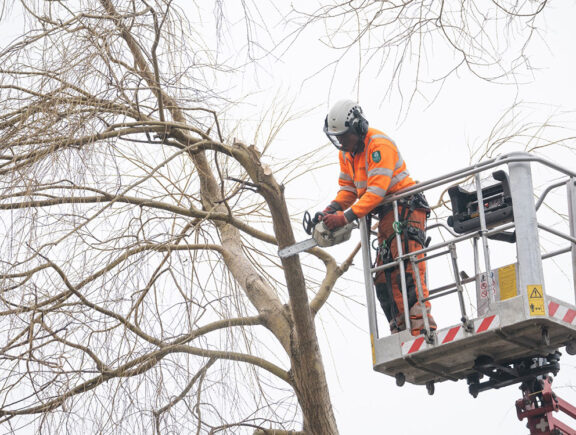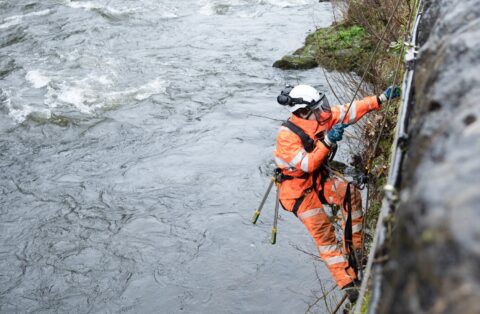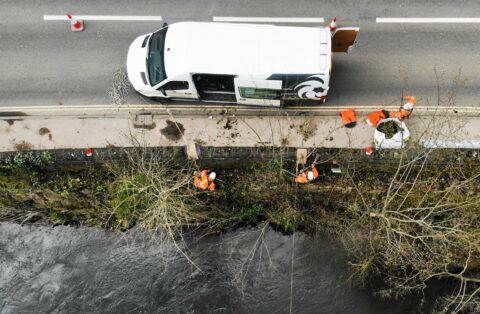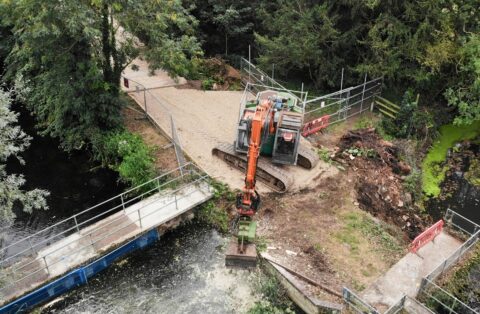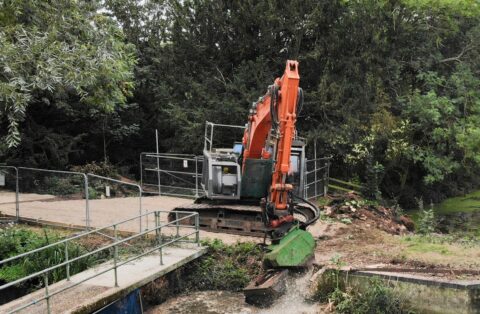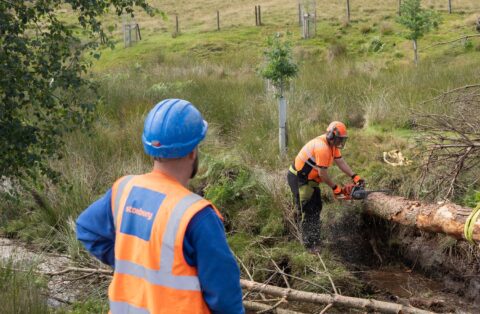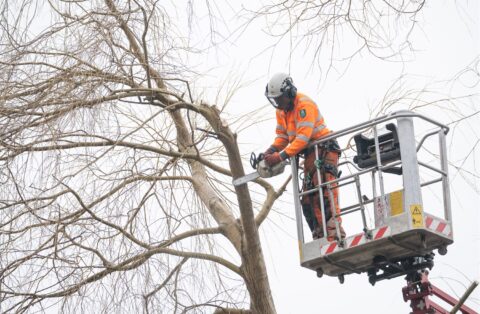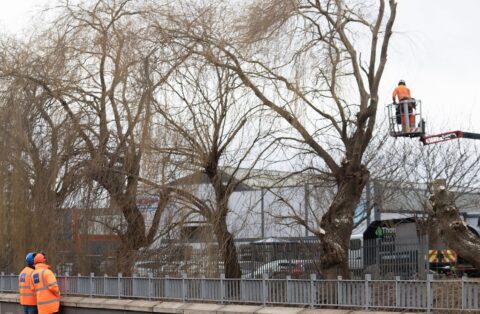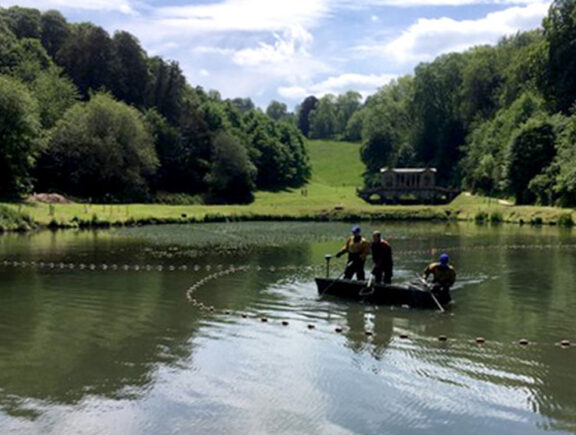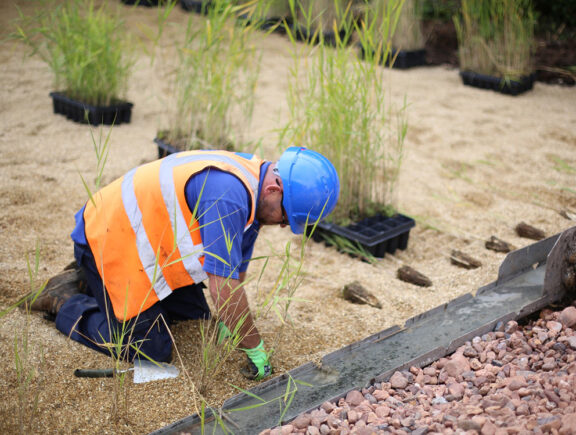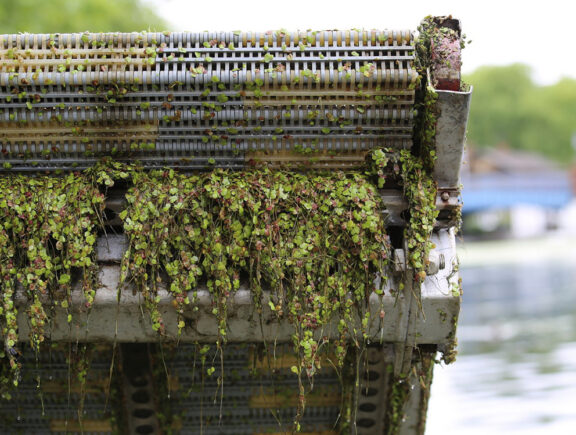In addition, pruning or removing trees growing on riverbanks allows light to reach watercourses to provide a varied canopy structure and increase diversity of habitats.
Felling and other vegetation clearance works taking place near rivers and other bodies of water have an elevated risk profile, therefore Stonbury is pleased to assist clients to safely manage trees within the water environment.
Services include:
- Management of dead wood in public areas
- Reduction in canopy size
- Clearance of larger areas of woodland
- Removal of fallen trees within watercourses that are causing issues to flow conveyance
- Reduction felling and dismantling standing trees that require controlled lowering due to being in confined spaces
- Consultancy in the form of tree asset surveys and non-intrusive PiCUS sonic tomography through supply chain partners
All tree works are carried out outside of the bird nesting season unless unavoidable, in which case works are conducted under the ecological watching brief of a trained ecologist. Stonbury’s specialist supply chain facilitates surveying for birds and bats using traditional methods and take advantage of drone technology.
Stonbury’s Water Safety-trained in-house team oversees specialist tree surgeons to manage trees and other vegetation using a variety of methods best suited to the environment to guarantee maximum safety for staff, the public, and wildlife. In-house teams are trained to use steep-slope rope access, which is used for operative safety when clearing vegetation and smaller trees along watercourses.
Stonbury’s supply chain provides access to diverse specialist contractors with highly-trained teams and bespoke plant such as cranes, spider excavators and remote-controlled crawler cranes. In the management and removal of dangerous trees, these methods minimise the requirement for access via rope and harness and minimising the risks of carrying out tree operations next to water.
Waste material generated from tree and vegetation works is managed through a hierarchy of waste control. First, Stonbury assess whether it can be re-used on site as an environmental resource, for example as in-channel woody debris, habitat piles or wood chips. In some circumstances large logs may be sold at roadside for timber products and chip may be sold for biomass, in both cases offsetting costs to clients. If re-use options are unavailable, material is disposed of at a licenced green waste recycling facility.
